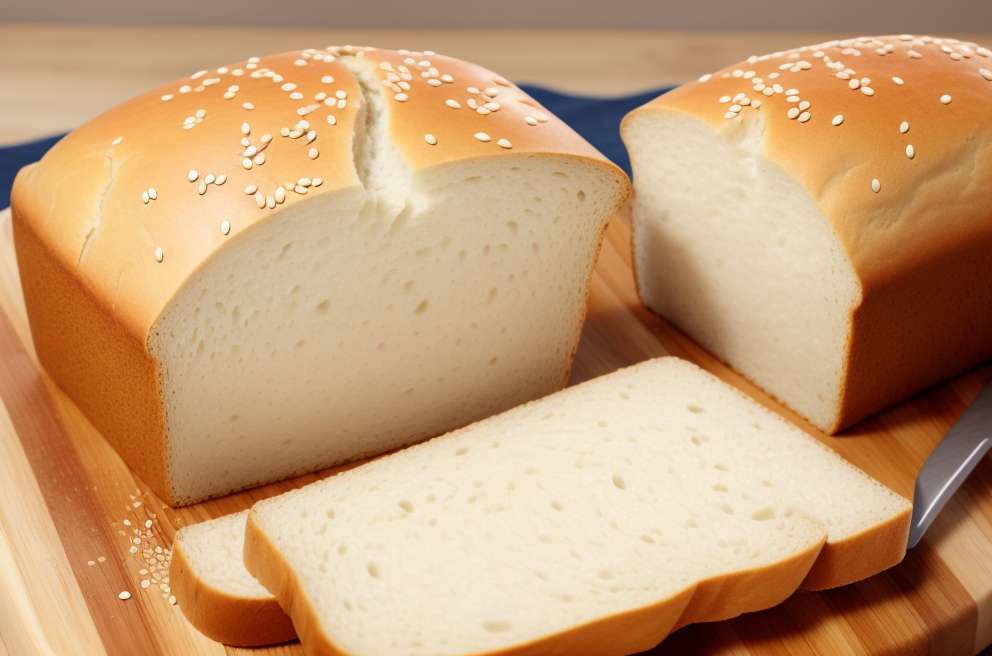Temperature that favors your figure
April 2024

This is a fat-soluble vitamin and an antioxidant essential for the body. Vitamin E exists in eight forms, called isomers, of which four are tocopherols and the other four, tocotrienols.
All isomers have chromanol rings with hydroxyl groups that provide the hydrogen atom to reduce free radicals and form a side chain that penetrates through the body's membranes.
The alpha, gamma and delta of the form of tocopherols and tocotrienols determine the amount of methyl in the chromanol rings. Each of these forms has its own biological activity that measures the function and potency of Vitamin E in the individual.
The most abundant source are vegetable oils such as sunflower, corn, palm oil, olive oil and soy; Nuts, berries, kiwis, wheat germ and sunflower seeds are also sources of vitamin E.
Other foods rich in this vitamin are whole grains, peanut butter, green leafy vegetables, fish and cereals.
Here we give you some examples of the amount of Vitamin E you can find per 100 grams of the following products. Take note:
Asparagus 1.5 mgCarrots 0.6 mgCoconut 1.0 mgCorn 2.0 mgOats 1.5 mgOlive oil 12.0 mgSoy 1.2 mgSoy oil 14.6 mgSunflower oil 55.8 mgTomatoes 0.9 mgWalnut oil 20.0 mgWheat germ oil 215.4 mg
Several health experts recommend that young people and adults consume 15 milligrams of Vitamin E a day, to acquire the nutrients provided by this vitamin.